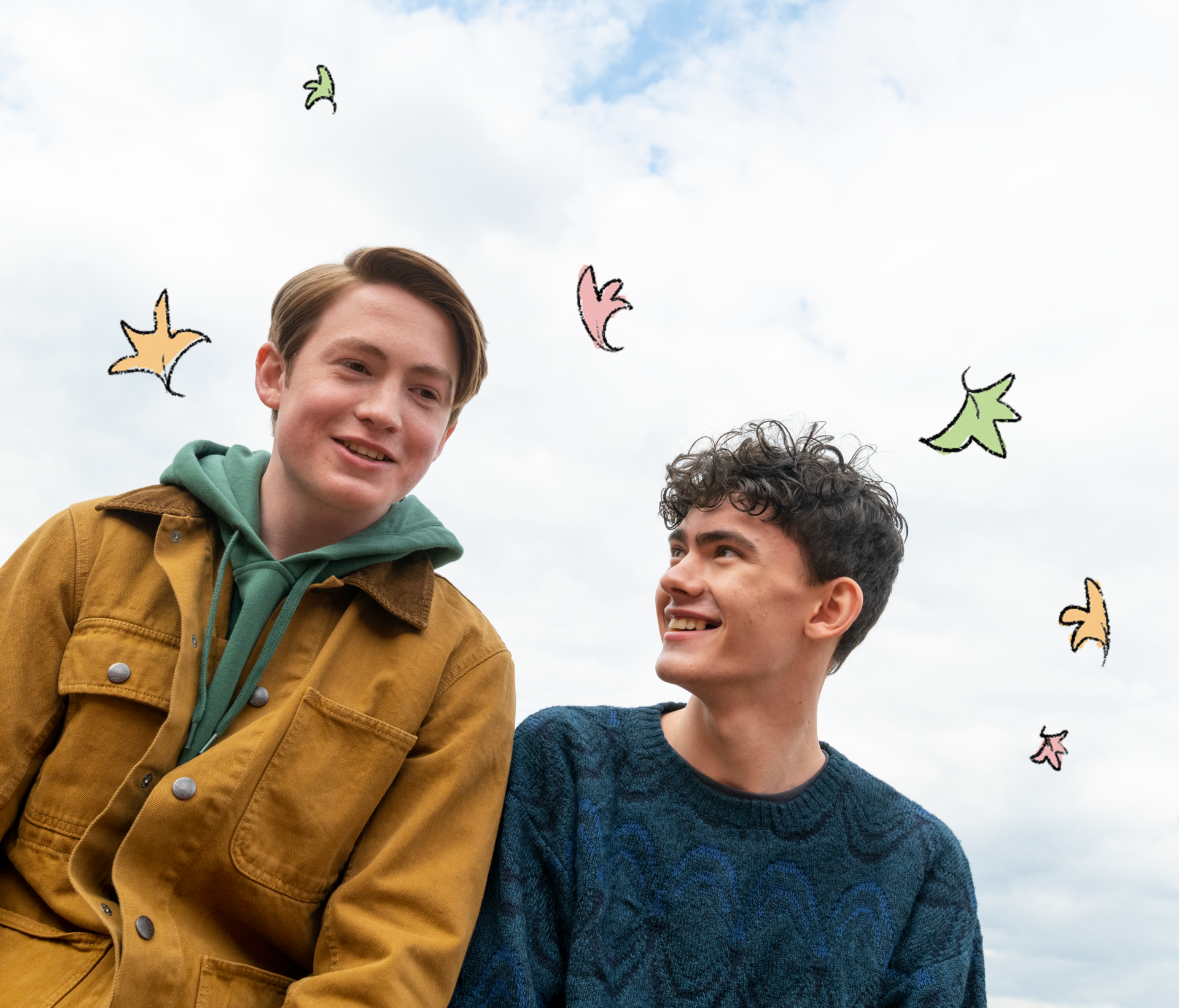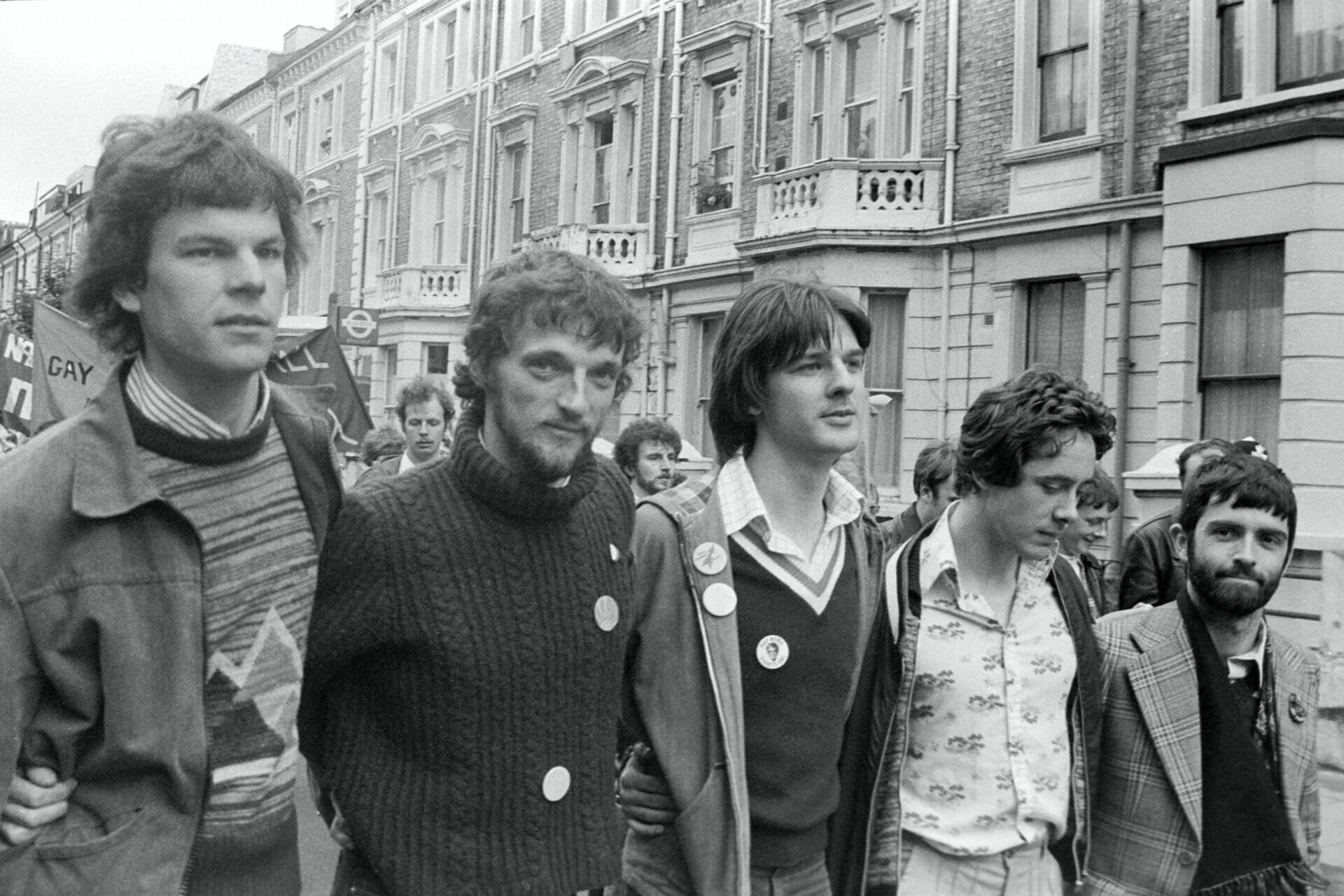
EastSiders | Real love is messy
Creator
Showrunner
Director
Year
Country
Seasons
Runtime
Genre
Subgenre
Cal (Kit Williamson) and Thom (Van Hansis) have a problem. His name is Jeremy (Matthew McKelligon), and he’s a threat for their four-year-long relationship. EastSiders portrays their attempts to make their relationship and lives work, showing how real love is often messy.
Kit Williamson created, wrote, directed and acted in the series. The first episode was uploaded on Youtube on the 14th December 2012, while Netflix released the last season in 2019, providing subtitles in more than thirty languages. It received various nominations and prizes at Indie Series Award, including Best Web Series and Best Ensemble Awards, and at Daytime Creative Arts Emmy Awards.
Looking for stability
Cal and Thom live together in East Side Los Angeles with a cat. Cal has studied photography and is now an underpaid worker in a photo gallery. Thom is a pub waiter but dreams about becoming a writer. They both survive thanks to the financial help of Cal’s mom (Traci Lords).
December 21st, 2012 Cal discovers, by chance during a doomsday party, that Thom is cheating on him with Jeremy. He tells it to his best friend Kathy (Constance Wu), who also has some love issues with her boyfriend Ian (John Halbach). Together, they drown their sorrows in whiskey and reach the conclusion that their lives and relationship are terrible. But they can’t imagine to live differently; and maybe they couldn’t even be able to love someone else.
Going on, the show gives more and more space to secondary characters’ storylines, becoming nearly a collective narration. This multiplicity of points of view offers the opportunity to explore a number of different relationships and personality. Any character in functional in shedding the light on different shades of common sentiments. The main focus is so on feelings themselves: love, friendship, fear, jealousy and search for fulfillment allow the show to talk to anybody.
Online growth of a series
In less than fifteen minutes, the first episode of EastSiders recreates the real messy Cal and Thom’s love story has just turned into. Williamson financed the first two episodes with two thousands of his savings. Then, a Kickstarter campaign supported the remaining episodes, meeting the goal in only four days. As show gained popularity, Logo TV and Wolfe Video streamed it, before Netflix signed it for general distribution.
Other independent series reached a certain success. They are usually produced by small studios, though, and a more copious crew works on them. Some of them, as Fleabag and Utopia, have a carefully crafted cinematography, or engage with the audience by breaking the fourth wall. On the contrary, in EastSiders there are some imperfections (as Williamson himself recognized), and most of the episodes locations are the actors’ real houses. Despite the difference in style and genre, all these series have something in common: the narrative freedom of addressing unconventional topics and characters, without the common barrier of being perceived as inappropriate by production companies.
One of the main series references of this crowdfunding process was the 2014 movie adaptation of Veronica Mars, and Zach Braff‘s Wish I Was Here. EastSiders couldn’t count on famous actors in command for the initial boost; but it’s actually the popularity of the story and characters what has really made the difference. In the beginning, Cal, Thom and their friends are just young adult struggling to survive. At the end of the story, they feel realized both as individuals and as a couple. The actors’ success grew alongside the one of their selves on screen, thinning the line between fiction and reality.
Free from stereotypes
The representation that we got was really flimsy; characters weren’t really allowed flaws and complexities and an inner life. […] They never got to change and grow as characters. By and large, it was very, very rare that an LGBTQ character was a fully fleshed-out human being.
Kit Williamson to People
Williamson desired to give a realistic glance on homosexual relationships, creating three-dimensional characters whose sexual orientation isn’t a defining feature. He comes back on the route undertaken by Will & Grace in 1998 to normalize LGBTQ+ representation. Through the gaze of comedy and a private insight on a homosexual relationship, both series (at a different level) contributed in changing common perception of LGBTQ+ culture.
Moreover, EastSiders doesn’t tell an idyllic love story: Cal and Thom relationship appears real in being complicated and layered. Likewise New Girl, the show begins with the discover of infidelity and faces its consequences. But New Girl‘s protagonist immediately breaks up with her boyfriend and moves to a new house; she survives infidelity starting a new life. The Affair, on the other hand, keeps in the spotlight an extramarital affair between grown up individual; the story focuses on what led the protagonists in each other harms and what happened after they met.
On the contrary, EastSiders tells about a relationship surviving infidelity and constantly trying to fix things. As angry and hurt as he feels, Cal never really thinks to leave Thom: he demands him to break up with Jeremy. The protagonist of the narration is not an individual betrayed by his partner, but a couple as a whole facing infidelity. Besides, Cal and Thom want to figure out who they are becoming as individual; their research for fulfillment and personal growth affects their life as couple, too, since any decision they make, involves both.
Not alone anymore
The show isn’t an autobiography, but as Williamson remarked in the behind-the-scenes documentary, there’s a lot of real life material. The real life experience gives the story a unique and pretty raw point of view.
In recent years many shows tried to give a tue to life portray of homosexual couples and families, such as Pose or Modern Family. The first one shed the light on fights for queer rights and the AIDS overflow; EastSiders, on its part, is the first show introducing HIV positive characters living a totally normal life, and talking about STD and abortion without taboo. Cal and Thom, so as their friends, are still young adults in progress, and show insecurities and fears that are typical of their age. This genuine representation allowed many people to feel less isolated and actually represented.
Many people told me that the show gave them the confidence to come out to their friends or family, or that it made them feel less alone in countries where being gay is illegal. […] As a kid there weren’t any openly gay people around me, so the first gay people I ever met were characters on TV, and it made me feel, like maybe, I could have a life worth putting on a screen someday.
Kit Williamson interviewed by Michael Fairman
With a small budget, but brilliant dialogues and a deep survey on feelings, EastSiders managed to address a not-so-original starting point in a personal and genuine way. The result seems to be one final certainty: love, even if messy, is worth fighting for.
Tag
Buy a ☕ for Hypercritic









